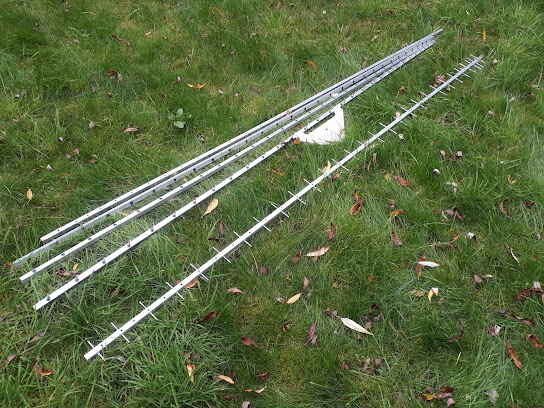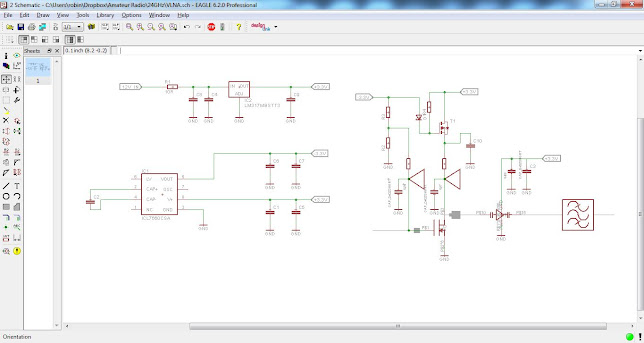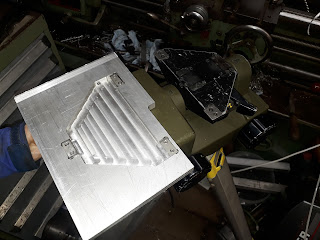23cm Antenna progress

Some 3 years (god, is it that long? it seems it is!) I started building some antennae for 23cm based on the "usual" DL6WU formulas, JVL calculations etc. Results were not good, the antennas would not resonate where they should, the pattern was sub optimal. Some of the early failures, with success at the front. Numerous attempts to fix them failed. The problem was "boom correction" .. I was using 4mm rods in either 15mm or 5/8" (15.875mm) booms, with insulators. Various rules of thumb exist on how much extra length to add to compensate for what is "hidden" by the boom cross section. I specifically did NOT want to use elements directly embedded in the boom with an electrical connection to the boom itself, as while they may work initially, as corrosion between the elements and the boom sets in, performance is variable at best. The realisation that "just adding 75% of the boom diameter" was not going to work came through building a pro





